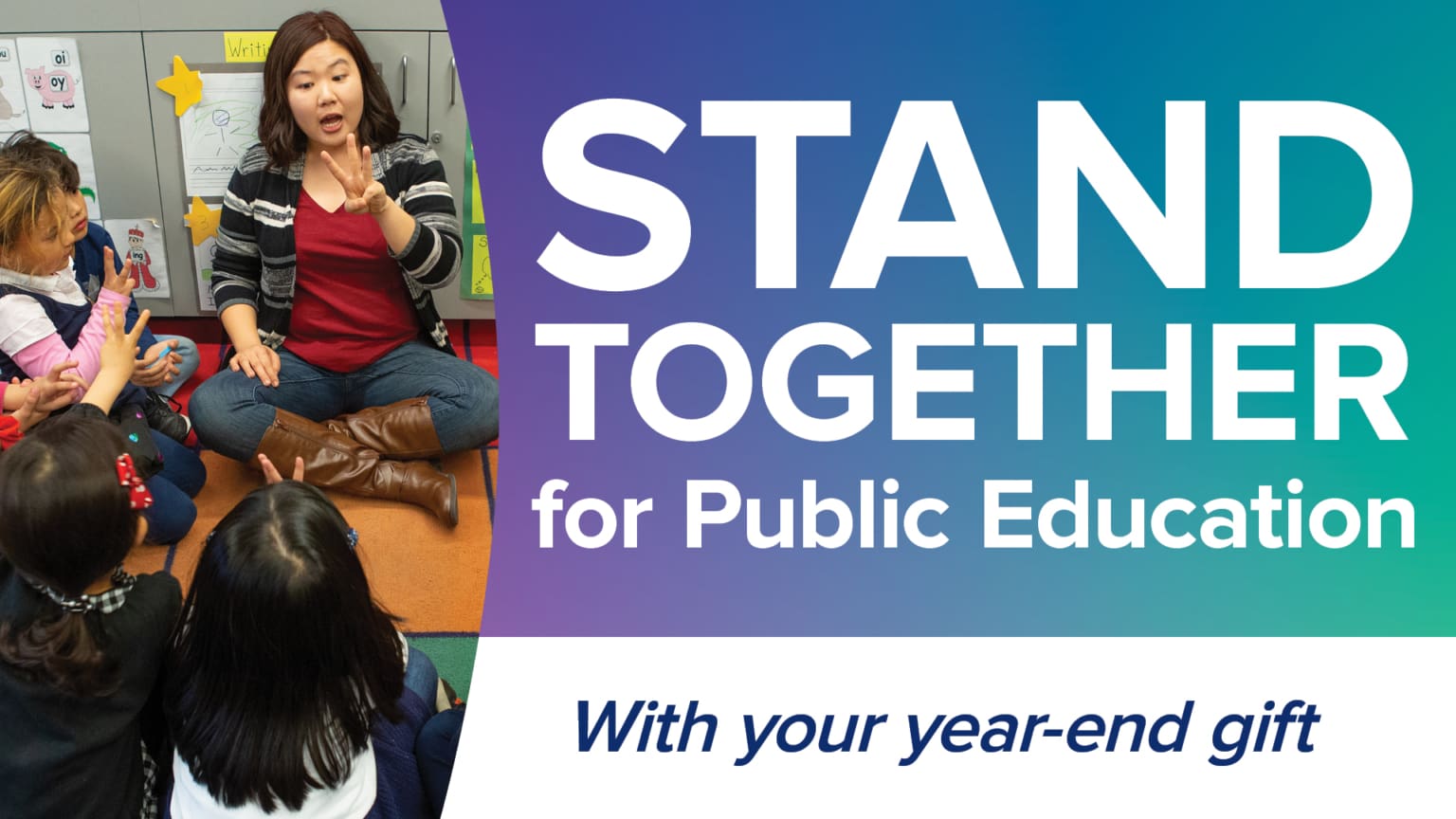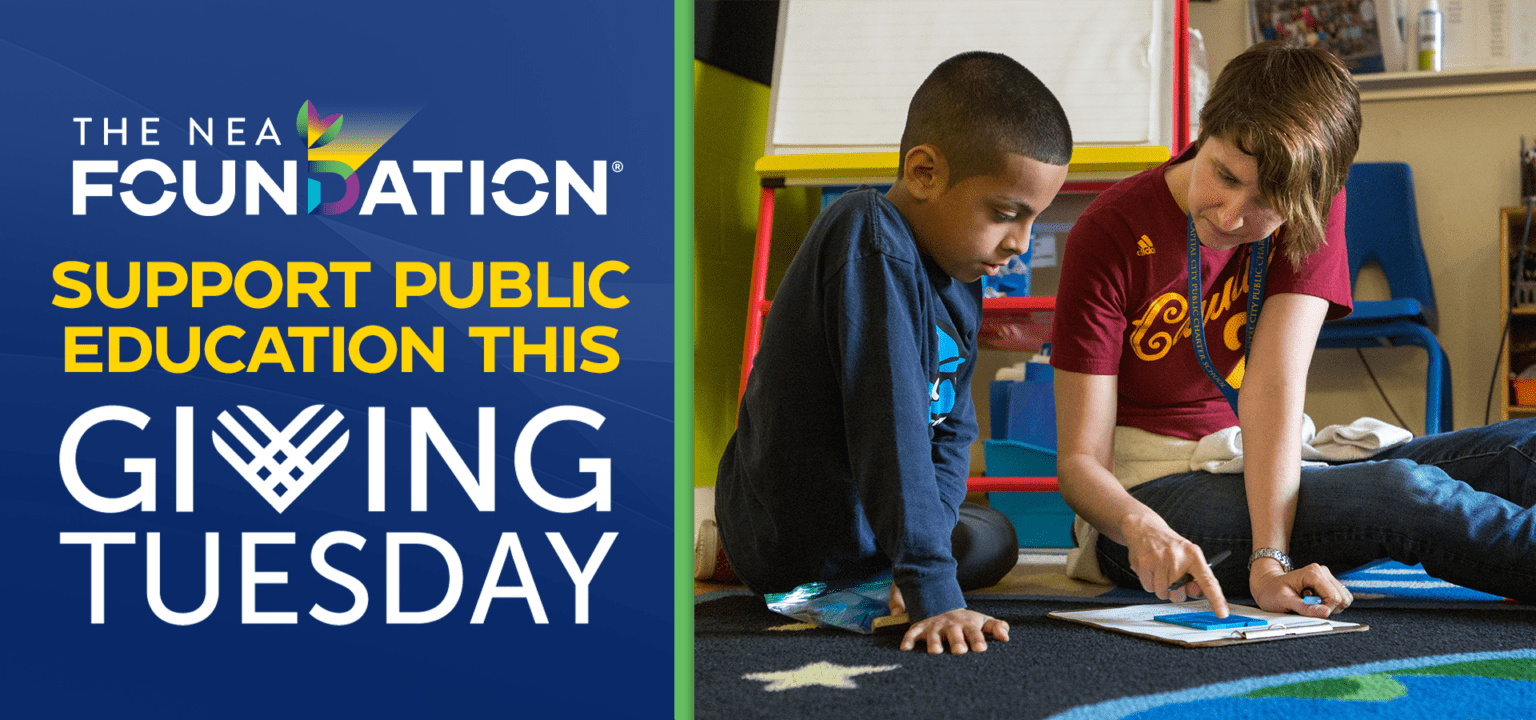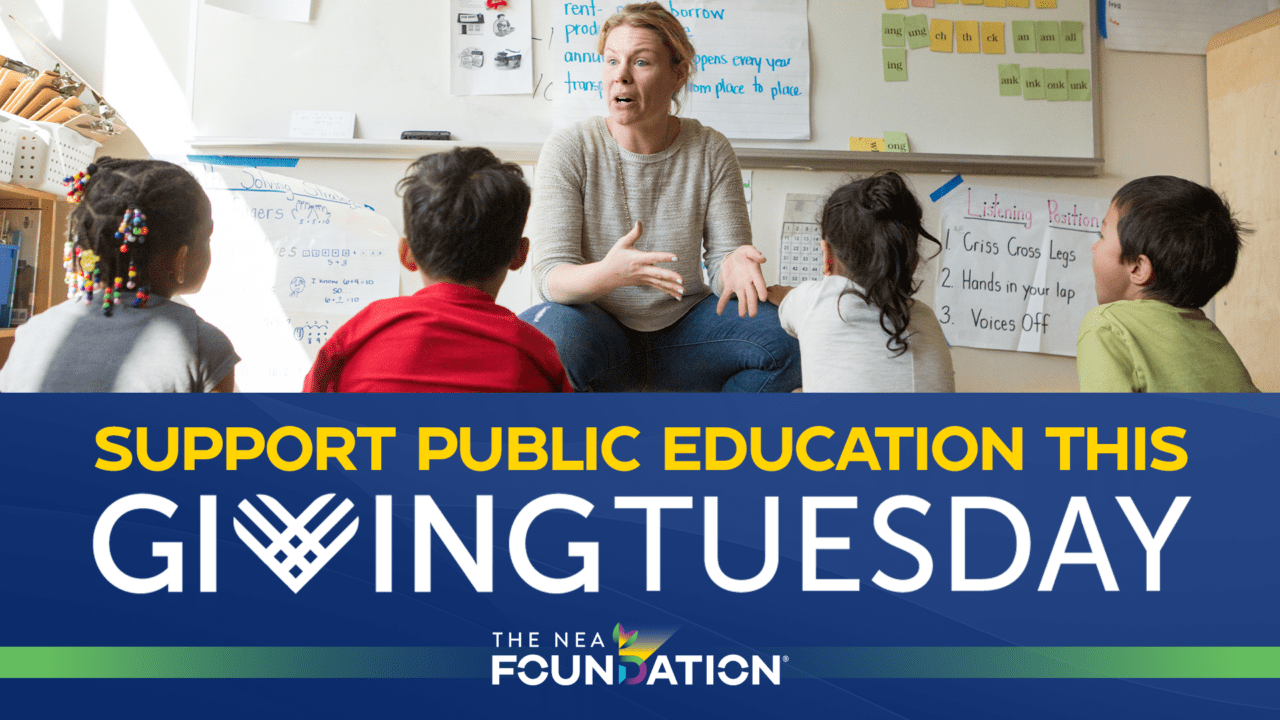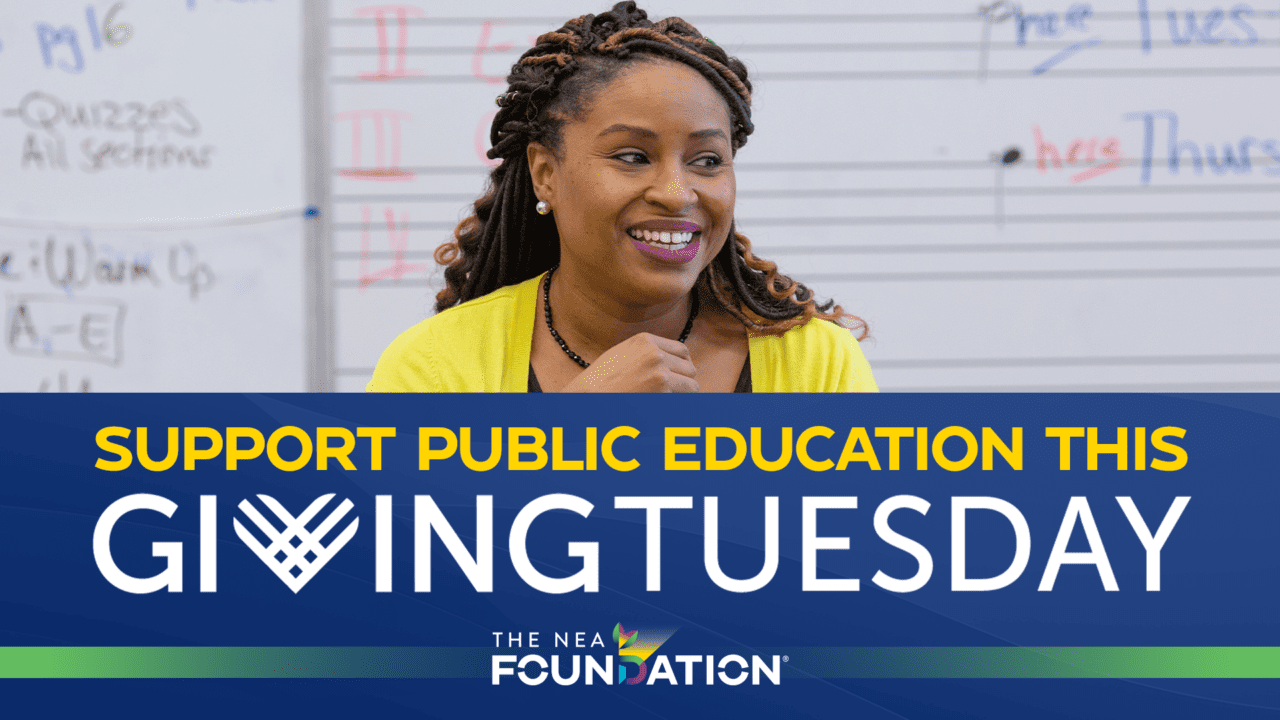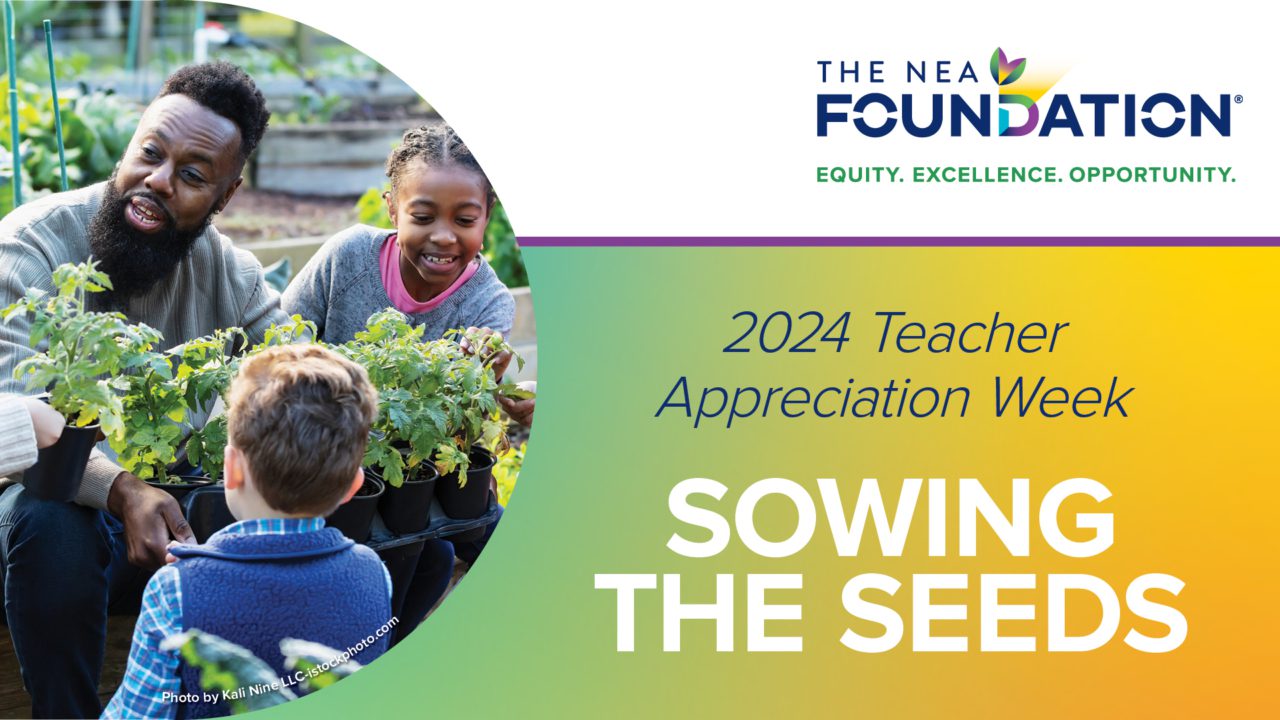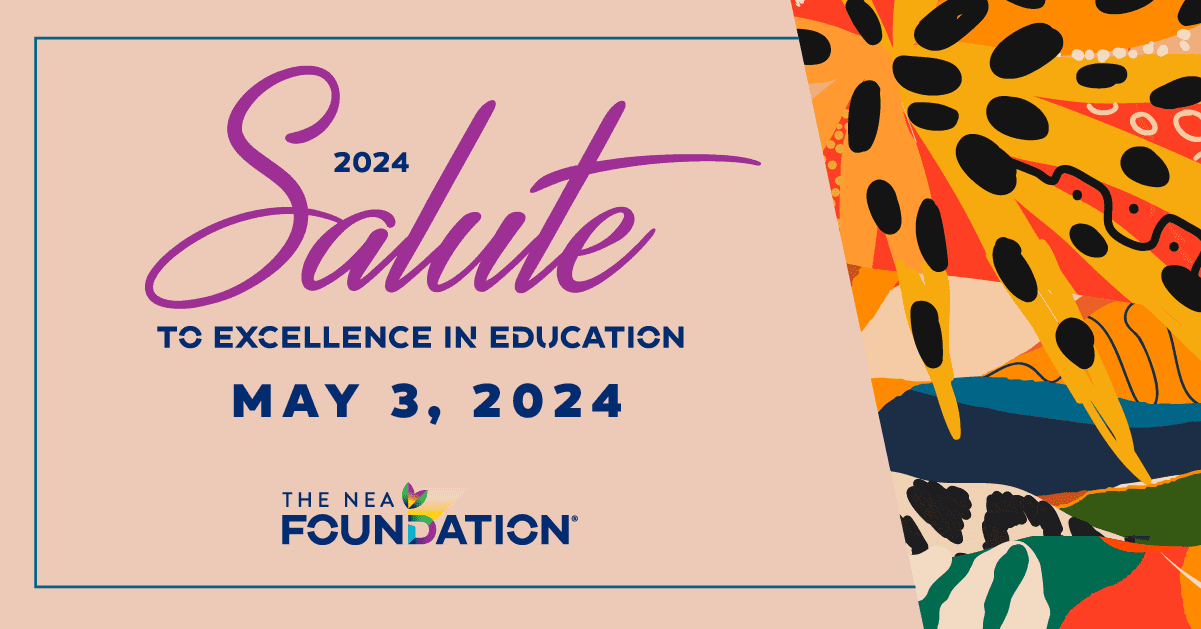Benita Moyers, a 2019 recipient of the NEA Foundation’s Awards for Teaching Excellence, is a Kindergarten teacher at Mt. Carmel Elementary in Huntsville, Ala. An expert in Google Classroom, Moyers is now assisting colleagues in her district to make the transition to online teaching and supporting their social-emotional well-being through an organization called the Happy Teacher Revolution.
She shared tips with the NEA Foundation on how educators and students that have access to broadband and technology can engage in online learning during school closures as a result of the coronavirus pandemic, and on the importance of connecting and self-care.
Adapt your teaching in a way that best serves your students (and their parents). With new challenges come new opportunities. Online tools make it possible to create interactive learning experiences. Throughout the week I use Class Dojo to give them positive reinforcement points and through videos and messages. Instead of having reading time in person, I’m now using Google Classroom and Meet to meet with them virtually to read a bedtime story at 8 p.m. every night. This provides an opportunity to weave school into their home lives, gives parents a breather, and provides the students a sense of normalcy.
Explore creative ways to engage students. While they are on Google Classroom, educators are able to upload resources, videos, and documents that students can access. Even without technology tools for online learning, there may be opportunities for students to learn from home. Organizing lessons into different topics, creating mini lessons like a math problem of the day with notes attached for parents to implement and parents can choose which activities they would like to do with their children. Personally, I choose to embed a bit of everything. Because my students are young and full of energy, I try to find things that will get them moving and that cater to their home life like going outside to take a photo or using things at home to help them learn.
Collaborate with and learn from your colleagues, peer network, and parents. Now, more than ever, is the time to lean on each other for help. When it comes to making sure students are participating in lessons, parents and guardians are also important partners during this time. Reach out and engage them as you develop lessons and find new ways to educate students from afar.
The transition to online lessons exclusively isn’t easy, but it is possible. Almost no one could have predicted transitioning from keeping up with energetic students in person to trying to keep their attention via Zoom, Google Classroom, or other means overnight. For educators and students, the transition may not be easy, but I’m here to say that it’s not impossible either.
Make your well-being a priority. Outside of getting the job done, we need to make sure that we as educators are taken care of too. At the NEA Foundation ATE symposium last year, I learned about Happy Teacher Revolution (HTR), whose mission is to support the mental health and wellness of teachers through support sessions in their own communities. After I left that event feeling so inspired, I came back to Alabama and started hosting Zoom book studies and HTR sessions. As the pandemic hit, the tech training sessions hosted for Google Classroom have often turned into mini-HTR sessions where groups of up to 50 to 100 people wanting to stay online and discuss their stress. Those lessons of setting limits, taking care of self etc. have grounded me and helped my colleagues and me cope during this time.


